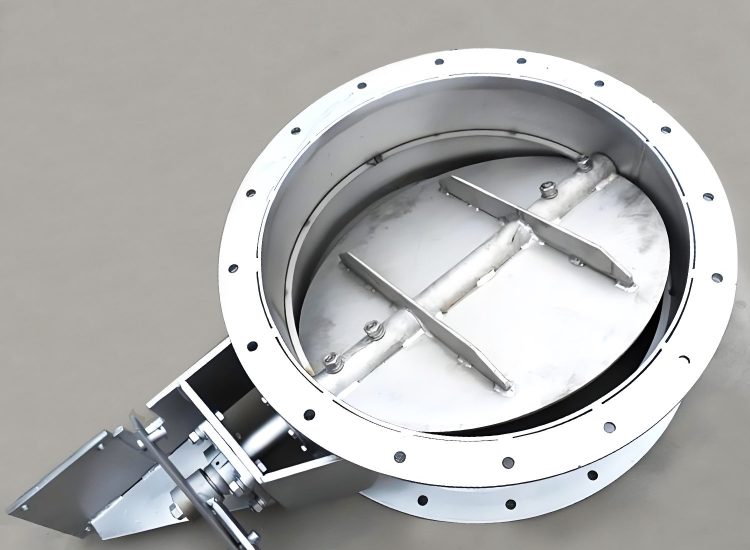In industrial automation control systems, electric butterfly valves play a critical role in fluid management. These automated valves primarily divide into two types: on-off butterfly valves and modulating control valves, each serving distinct functions in pipeline flow control.

1. On/Off Electric Butterfly Valves for Simple Flow Control
Functionality & Design
Provide binary open/close operation via electric actuators
Ideal for quick shut-off applications in water/oil pipelines
Feature simple valve construction for easy maintenance
Key Applications
✔ Water treatment plants (intake/discharge systems)
✔ HVAC systems (heating/cooling water control)
✔ Fire protection systems (sprinkler control)
✔ Industrial water supply networks
2. Regulating Electric Butterfly Valves for Precision Flow Control
Advanced Functionality
Enable proportional flow adjustment (0-100% opening)
Accept 4-20mA/0-10V control signals for process automation
Maintain stable flow rates in dynamic conditions
Industrial Use Cases
Regulating electric butterfly valves are widely used in industrial processes requiring flow adjustment, including the chemical, pharmaceutical, and food processing industries. They provide high control precision in complex operating conditions, ensuring stable system performance.
Ideal for: Processes demanding precise flow modulation
Key Differences: On/Off vs. Regulating Butterfly Valves
| Feature | On/Off Valves | Regulating Valves |
|---|---|---|
| Control Method | Open-loop (discrete) | Closed-loop (analog) |
| Signal Type | Simple power on/off | 4-20mA/0-10V/PROFIBUS |
| Flow Adjustment | None | 1-100% precision |
| Typical Actuator | Quarter-turn | Modulating smart actuator |
| Best Applications | Water supply, HVAC | Process control, dosing |
Selection Guide for Industrial Butterfly Valves
When specifying automated butterfly valves, consider:
1.Valve Parameters
Port size (DN50-DN1200 common)
Pressure rating (PN10-PN40)
Material (stainless steel/ductile iron)
2.Actuator Requirements
Voltage (24V/110V/220V AC/DC)
Control signal compatibility
Fail-safe position (open/close)
3.Process Conditions
Required flow accuracy (±2-5% common)
Cycle frequency (continuous vs intermittent)
Fluid characteristics (viscosity, abrasives)
Conclusion
On/off and regulating electric butterfly valves differ significantly in function and application. On/off valves are primarily for simple media switching, while regulating valves provide precise flow control. Selecting the appropriate valve type based on actual needs will enhance system efficiency and stability. When choosing, consider all relevant factors to ensure the selected valve meets your specific requirements.
For more information about electric butterfly valves, feel free to contact us. Darko is here to assist you!

